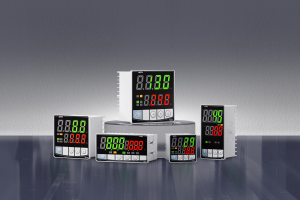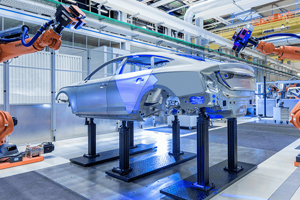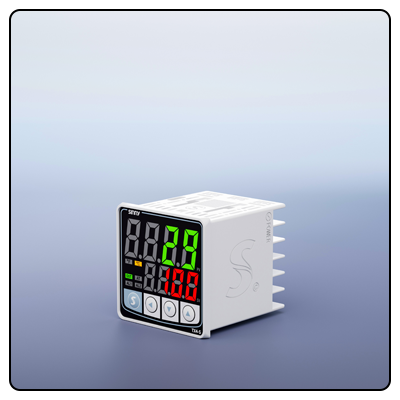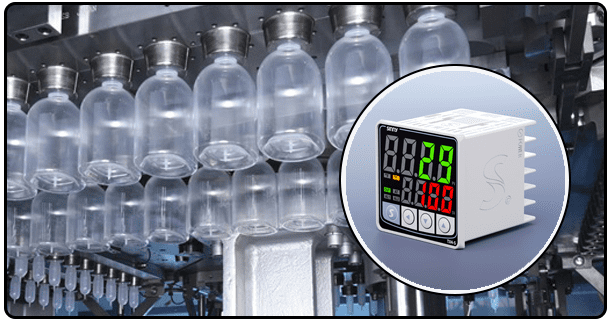PID Control Temperature Example: Comprehensive Guide
PID Controllers for Precise Temperature Regulation: A Practical Guide Description : Discover PID controllers, and learn how they can regulate temperatures with accuracy. Explore a real-world example, and discover how it can be used in both industrial and home settings.
1. The following is a brief introduction to the topic:
The control of temperature is an important aspect in many industrial and household applications. It ensures stability, safety, and efficiency. A PID controller is one of the best ways to regulate temperature precisely. The article explores the PID concept and shows its practical application. The article will help readers understand how PID temperature controllers function and why they're so important in modern systems.
2. What is PID controller?
The PID control system is an advanced controller that utilizes three components: proportional (P), integral (I), or derivative (D). Each component has a distinct role.
Proportional : Corrects current errors by applying corrections proportional to deviation from setpoint.
Integral : Concentrates on past mistakes to eliminate offsets.
Derived: Predicts future trends in order to reduce overshoots and oscillations.
Combining these three steps, PID temperature controllers provide unmatched accuracy and stability. They are preferred by many sectors because of their ability to adapt in dynamic environments.
3. Useful Example of Temperature Control Using PID
Consider a system that maintains a constant 22 degC in a room.
System description
This system is comprised of:
Temperature sensor for monitoring the current room temperature.
The heater is the actuator.
The heater output can be adjusted by a PID controller based on the feedback.
Step-by-Step Process:
Initialization : Set the desired temperature (setpoint).
Feedback loop: This sensor measures continuously the temperature of the room and transmits the information to the controller.
Calculation of Error The controller will calculate the error using the temperature setpoint (22.2degC).
Adjustment:
The controller will increase the power of the heater if the room becomes too cold.
Reduce the power if the room becomes too hot.
Stabilization Over time, PID controls fine tune the adjustments so that the temperature is kept constant at 22degC or less, minimising fluctuations.
The PID controllers are able to maintain a comfortable and consistent environment.
4. PID temperature control: Applications
PID controllers are versatile enough to be used in a variety of different applications.
Industrial Application
Production: Used for processes that require precise temperature control, like plastic molding or metal forging.
Chemical Process: Maintain reaction temperatures for product safety and quality.
Domestic Application
HVAC System: Achieves the best indoor climate by optimizing heating and cooling.
Ovens : Consistent baking temperature for better culinary results.
Emerging Technologies
As IoT grows, more and more PID controllers have been integrated into devices that are smart, which allows for remote monitoring, and increased efficiency. Smart thermostats, for example, and energy-efficient devices are examples.
5. Problems and solutions
Although PIDs are extremely effective, there are some challenges.
Common Challenges:
Tuning difficulties: Finding a balance between the P, I and D parameters is difficult.
Lag in the System Delays can cause overshooting and sluggish response.
Solutions:
Tuning Use Ziegler Nichols techniques or try and error to optimise controller settings.
Advanced Algorithms Modern controllers incorporate adaptive algorithms in order to reduce lags and improve performance.
Users can maximize the potential of temperature controllers by overcoming these obstacles.
6. The conclusion of the article is:
The PID controller is the pinnacle in engineering innovation. It offers precise, reliable temperature control for a wide range of applications. The example given shows how the systems work and what they can do to maintain stability. PID controllers' importance will increase as industries and technology evolve. If you are in the chemical or manufacturing industries, or just want to improve your heating system at home, then PID controllers will be a worthwhile investment.
- PID Controlador de Temperatura: Una Guia Detallada
- Using PID controllers to control temperature: precision and reliability in industrial processes























